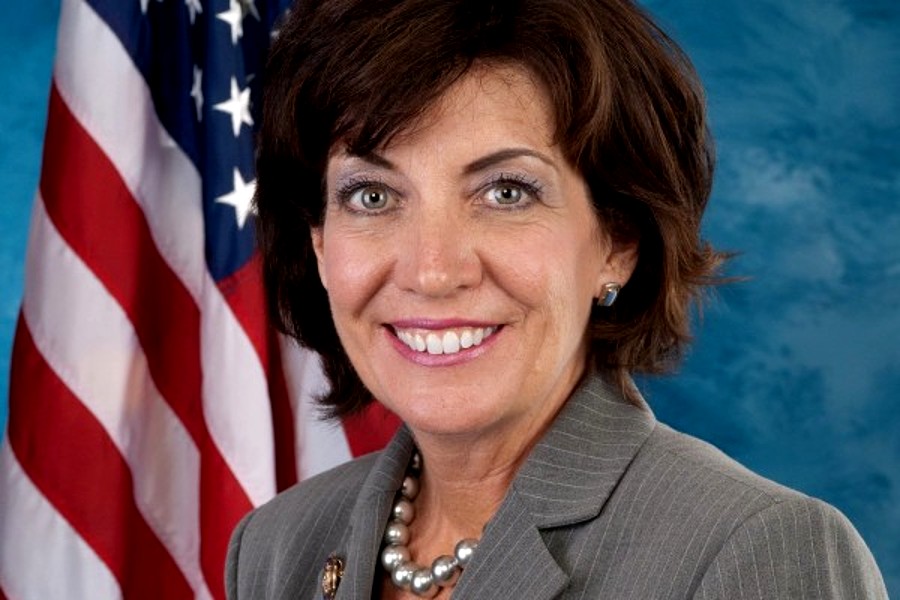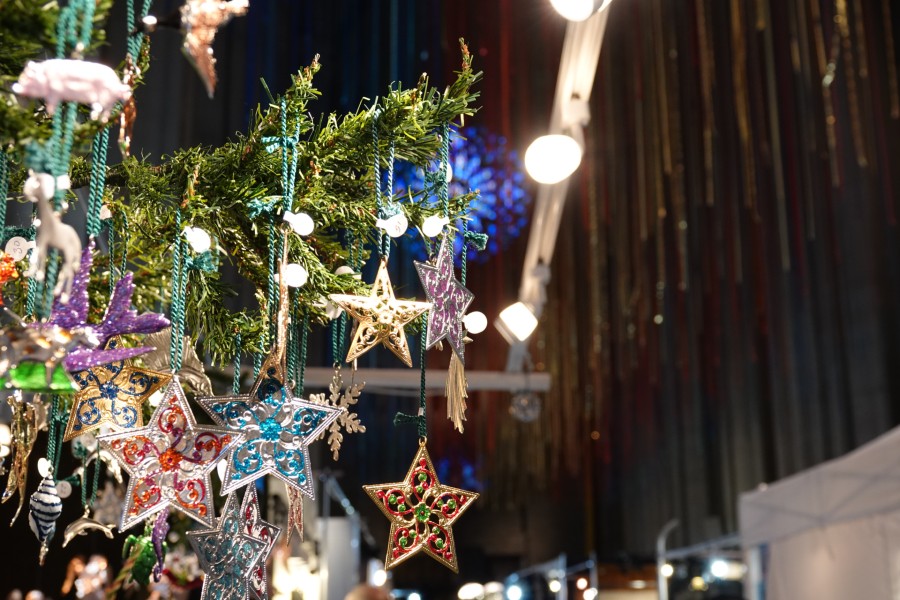 The John James Audubon House in Harlem was built between 155th and 156 Streets just a bit west of Riverside Drive. The house was torn down in 1931 by an apartment developer, after a last-minute salvage attempt.
The John James Audubon House in Harlem was built between 155th and 156 Streets just a bit west of Riverside Drive. The house was torn down in 1931 by an apartment developer, after a last-minute salvage attempt.
Born in 1785, Audubon was unsuccessful in business, but in the 1820’s he began his lifelong work of documenting American wildlife, exploring broad areas of the continent with gun and drawing materials. He finished his signature work, “Birds of America,” in 1838, and settled in New York in the late 1830’s.
Restless in the confines of the built-up city, Audubon bought a tract on the Hudson River between 155th and 158th Streets around 1840 and soon built a two-story frame house facing the river. Period accounts say the woodlands teemed with muskrats, otters, martens, elk and other animals.
He named the estate Minniesland, after his wife, Lucy – the term was derived from the Scottish word for mother – and for a while he was supremely happy there. But in 1843, Audubon set out on another western trip, to develop drawings for his book “The Viviparous Quadrupeds of North America.”
On his return he had aged noticeably, and he had to let his sons Victor and John finish the work. John Bachman, Audubon’s longtime collaborator, visited him in 1847 and wrote, “His noble mind is all in ruins – it is indescribably sad.” Audubon died at age 65 in 1851.
The Audubon sons had built other houses nearby, and the 1860 census taker recorded 25 Audubon family members and servants in the family compound. By this time others had built houses close by, and the area was known as Audubon Park.
Lucy Audubon sold the estate in 1864 to Jesse Benedict, a lawyer who probably commuted to his downtown office via the Hudson River Railroad, which had interrupted the area’s water access when it was built in the 1840’s.
Benedict added a mansard roof and other Victorian touches to what had been a simple frame house. He died in the house in 1872, and the next year it was offered for rent, with a stable for six horses and “Croton water,” meaning that it was supplied with water from city mains. But Benedict’s wife, Frances, was in the house at the time of her death, in 1887.
The Benedicts were succeeded by Charles Francis Stone, a lawyer, who was there in 1893 when a stone grave marker in the form of a Celtic cross was installed on Audubon’s grave in Trinity Cemetery, across 155th Street. Stone is the last verified occupant.
Living nearby was the conservationist George Bird Grinnell, who had been tutored by Lucy Audubon. He was one of the founders of the first Audubon Society in 1886, choosing the naturalist’s name for the organization, which was the precursor of the present Audubon Society, established as a national organization in 1905.
By 1911, The New York Times reported that the house was “now going to decay,” while all around it apartment buildings were going up. The rickety structure was hemmed in by elevated roadways and new buildings.
Around 1913, the Parks Department unsuccessfully sought to acquire the house and relocate it to Fort Washington Park. It was sold in 1931 to an apartment developer, and the historian Reginald Pelham Bolton mobilized a rescue effort.
He proposed to raise $25,000 to lift the house intact up to Riverside Drive and move it onto city parkland. The developer, the Brandt Construction Company, was at first cooperative, but then demanded a $50,000 guarantee if there was some delay.
Bolton and others lobbied right up until Nov. 30, when Brandt took possession, but gave up on Dec. 1, when wreckers began ripping off the porches.
Then Harold W. Decker, an ornithologist, stepped in and negotiated some sort of agreement with the house wreckers and – to judge from published accounts – acquired the house in fragments. Demolition took barely a week, and in January, The Times reported that Decker had stored the materials at 161st Street and Riverside Drive. But the trail of Decker – and whatever remained of the Audubon house – seems to have disappeared at that time (Source).
Related articles

Become a Harlem Insider!
By submitting this form, you are consenting to receive marketing emails from: . You can revoke your consent to receive emails at any time by using the SafeUnsubscribe® link, found at the bottom of every email. Emails are serviced by Constant Contact























Charles Francis Stone did not buy John James Audubon’s house (built in 1841-42). In 1880, he bought the adjacent house that Victor Audubon, JJA’s elder son, had built in 1852. William Kramer bought JJA’s house in 1888 from Jesse Benedict’s heirs. Instead of living there, Kramer leased it to, among others, former Mayor Daniel Tiemann.